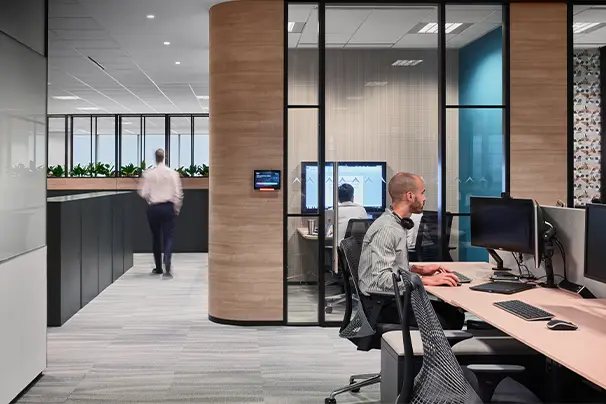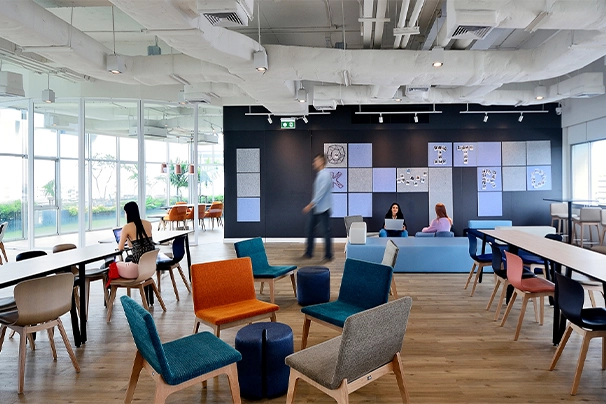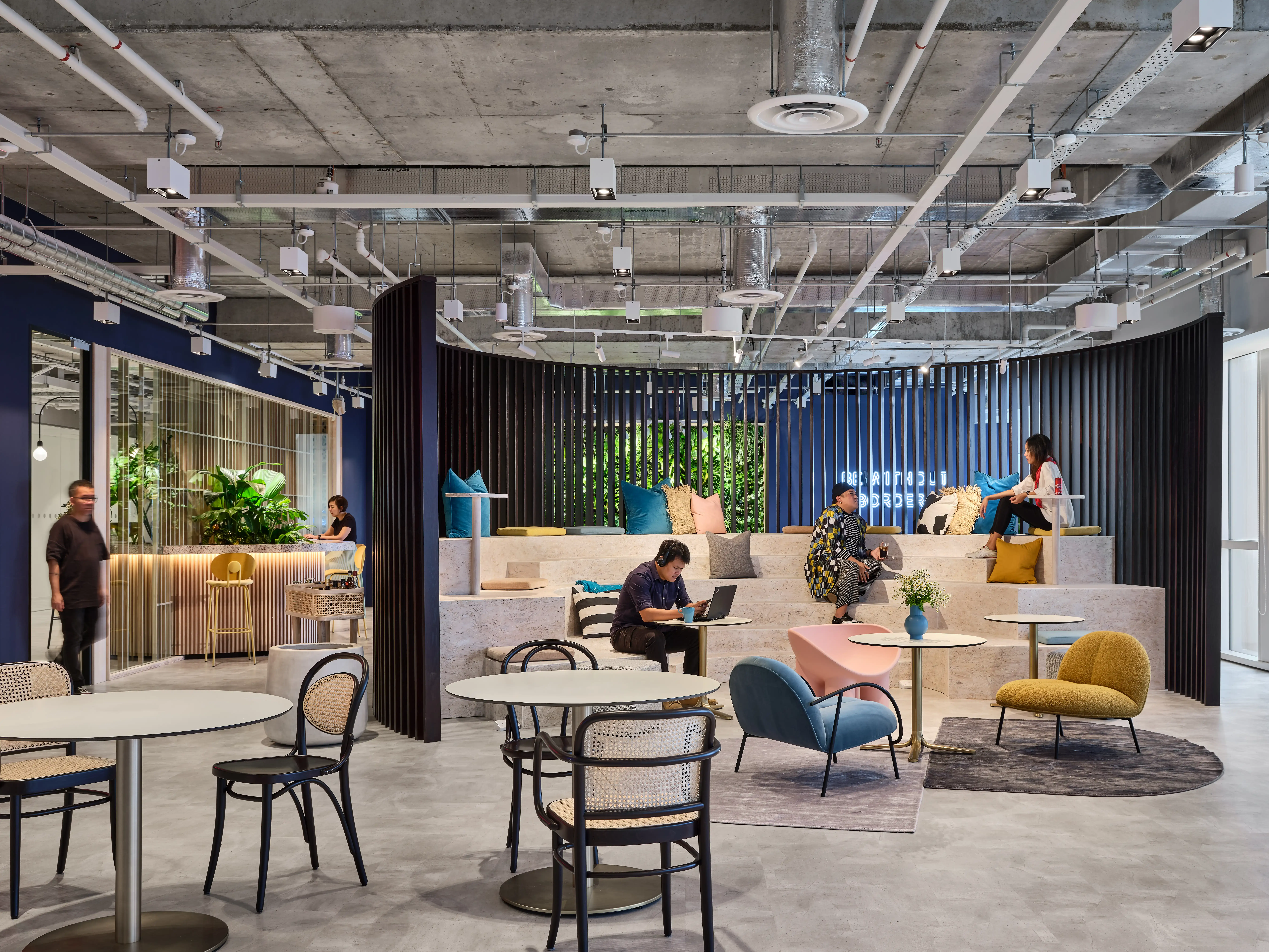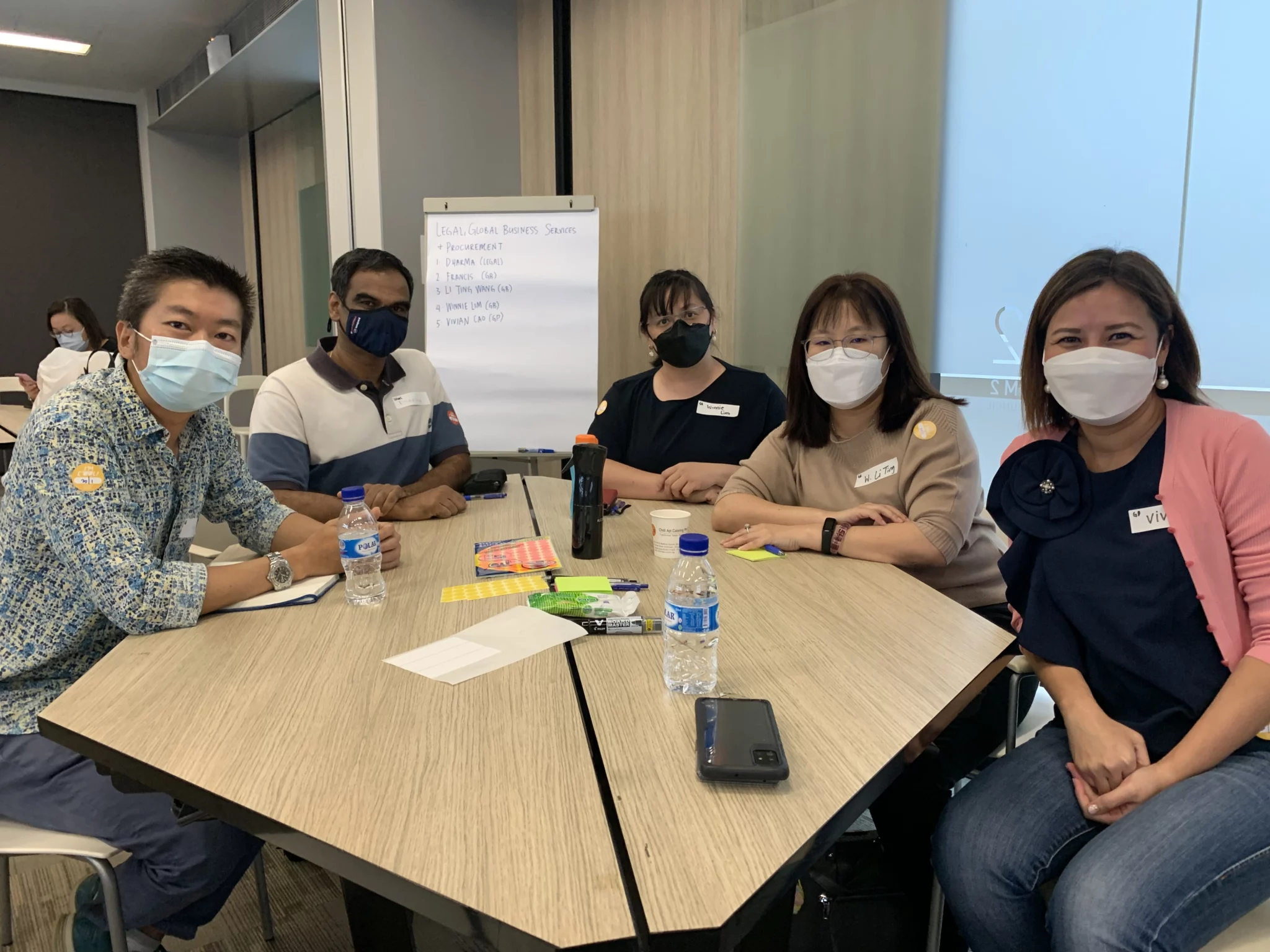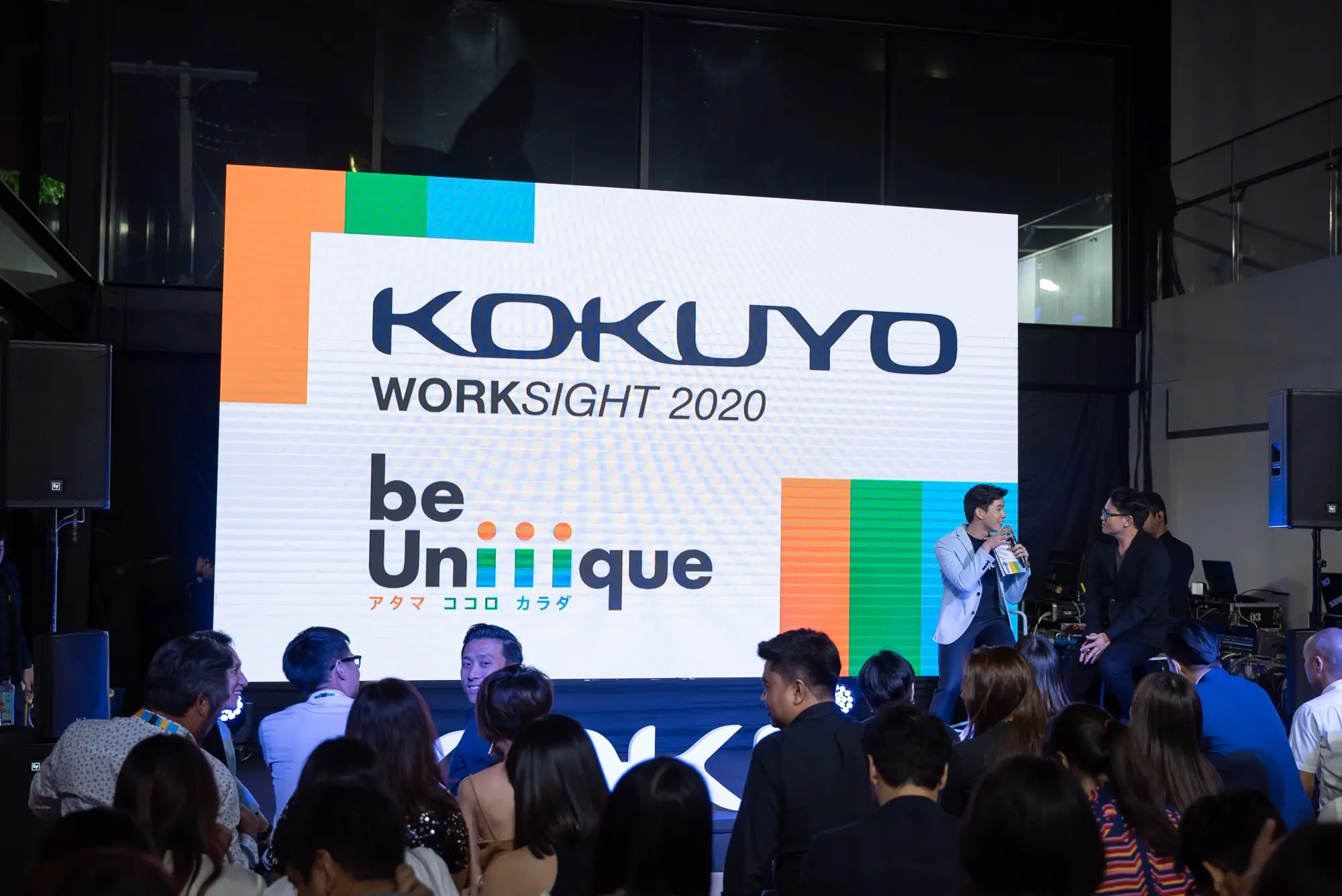A Night of Conversations: Meaningful Exchanges on Designing Workplace Culture
26 March 2020
One of the biggest buzzwords in the corporate world today is Workplace Culture. Driven by the need to thrive in competitive and interconnected markets, businesses are working hard to retain talent and hone their next-generation leaders. This is usually done by staying true to the firm’s vision and values, setting an empowering culture, and keeping employees motivated at work. Increasingly, many businesses are looking at building a healthy and attractive environment when Designing Workplace Culture. By ‘hardcoding’ collaborative spaces where employees work, companies are taking steps towards redefining what efficiency, flexibility, and empowerment could mean for them.


Designing Workplace Culture
Does Workplace Culture guide Design, and how much can Design bring about a Workplace Culture shift? The “Designing Workplace Culture” forum was organized on February 27, 2020, a partnership between Paperspace Philippines and CWC Interiors Corp. Kickstarting the Paperspace Philippines Knowledge Series 2020, the event brought together almost 100 attendees, facilitating idea exchanges among the notable figures in the industry, established creative gurus, and upcoming thought leaders. Taking on the panel were Kantar Philippines CEO Gary de Ocampo, Jones Lang Lasalle Philippines Director Antonio Sabarre, Co-Founder of Graphite Singapore Matilda Sung, and Co-Founder and Director of Paperspace Asia Narita Cheah.
Crafting an Organizational Personality

Among the panelists for the forum, held at the CWC Interiors Corp. Showroom in Bonifacio Global City was Antonio Sabarre of Jones Lang Lasalle Philippines. He puts it best when he says workplace culture stands as the personality of the company, and that current office design most often reflects and evokes that general consensus inside the organization”.
Paperspace Asia co-founder Narita Cheah agreed and added that workplace culture is built from the ground up by what she calls “consistent behavior from the top of the organization.” She noted the need for alignment between such a company personality with those of its individual employees.
“One of the big things today’s employees are looking at is whether their values and beliefs are in harmony with the organizational structure,” Cheah said. “They wouldn’t want to come to work every day feeling like there would be a constant clash of habits inside the office.”
Words to Commit By
An interesting part of the panel discussion involved the speakers boiling down Designing Workplace Culture in three words.
Matilda Sung, cofounder of Singapore’s Graphite Studio, gamely answered, “Transparent. Empathic. Fast.” Running an eight-member interior design firm in one of the world’s most important centers of trade, Sung noted that they have a tendency to outgrow their rooms quickly in their quest to deliver quality work for clients.

“We try our best to have empathy for clients, the people who will eventually use the space we design,” she said. “I know how being an employee feels, so now, as an employer myself, I ensure that our culture benefits people so we can succeed together.”
For his part, Kantar Philippines CEO Gary de Ocampo highlighted that their company is “Rational, emotional, and integrative. All at the same time.” As one of the country’s leading firms in measuring audience engagement across various forms of media, Kantar strives to help clients understand people and inspire growth.
“Given the nature of our work, our offices are designed to combine those three elements I mentioned,” de Ocampo said. “If they need to be rational, the design helps bring them to that state of mind. We also give them the space to discuss the emotions behind colors and symbols, as well as to integrate numbers with psychology.”
The Nexus Between Culture and Design
Sabarre and de Ocampo shared that their companies commissioned office redesigns in a bid to mold workspace culture strategically.
“Being in a new office motivates you to do something new,” Sabarre noted. “Our new ‘open office’ invites employees to be more collaborative because at the end of the day, it is the whole company that gives results.”


De Ocampo recalled, “I used to have a big lavish room for myself, but I found that it was hard to reach out to our employees. Now, my place is the same as anyone else’s. We took the opportunity to bring our company leadership down to the people.” He also added that, “Even new hires are very impressed that their CEO is very accessible.”
For her part, Sung opined that it is workplace culture that guides design, not the other way around. She believes that the layout of workspaces is a result of conscious decisions based on organizational culture.
“You can’t just design your place to look like Google and expect it to work the same way, because Google is Google and your company is your company,” Sung said. “If a company culture does not support employees the same way Google does, then it’s a big mismatch.”
Cheah highlighted that humans are naturally very collaborative and would find ways to do so no matter the work setting. “Collaboration is a big buzzword and everyone wants to do it but not everyone understands how to do it. It needs to start from a position of trust,” Cheah noted. “If trust isn’t inherent in the culture, then no amount of funky furniture will make employees collaborate with each other.”
Taking in the Broader Market Landscape
Building on the topic of influencing factors, Sabarre made a point that activity-based workplaces are affecting the real estate markets as well.
“With rising rental costs, gone are the days that you need to make your office look fancy. Now it’s more about utilizing space in the most efficient way possible,” he said. “The workplace density used to be one person per 10 square meters of space. But nowadays, it’s gone down to a mere six to seven square meters per person on average.”
Cheah, for her part, noted how traffic conditions greatly affect how work is done here in the Philippines as compared to Singapore. “It’s always important to incorporate societal and cultural differences when setting up the workplace,” she recommended.
Transformation is a Must


When it comes to digital transformation, all the panelists agreed that technology has a crucial role to play in both their operations and Designing Workplace Culture.
“Because of traffic here in the Philippines, we have learned to leverage digital transformation in our work. We have adopted free seating and flexible work hours among other initiatives,” shared de Ocampo. “I think the most important message we’re trying to send to our people is that we are helping them not only survive but also flourish at work and be productive.”
“With all our creativity, the design industry can still be very traditional. For example, we have had to help our designers adapt to using Virtual Reality for mockups so that we can provide clients with an immersive experience,” Cheah noted.

Putting Everything Together
One key point repeatedly brought by all the speakers was the fact that now, more than ever, it is people and their needs that drive design and not the other way around.
“When it comes to Designing Workplace Culture, the next trend will be those of individual control of space and expect your company to do good. I think it’s a big movement,” said Sung.
Setting the Tone for the Year


The Paperspace Philippines’ first-ever Knowledge Series has launched with a huge success, remarked Karen Calalec, Paperspace Program Director and moderator of the event.
“Kicking off this first event with our very own Narita and Matilda, with whom we are continuously working with to deliver quality projects, as well as long-time client Sir Gary from Kantar and Antonio who has worked with us on several projects, is such a blessing,” she shared.
Calalec hopes that the night will set the tone for the rest of the year for Paperspace Philippines. She believes that the presence of industry leaders, peers and partners collaborating will continue to bring innovation and inspiration to the field of interior design.
“We are inspired to continue doing what Paperspace is really all about—doing what you love with the people you trust,” concluded Calalec.
TAGS
join our newsletter
Subscribe to receive the latest updates and news on design,
workplace strategy and research into your inbox.

